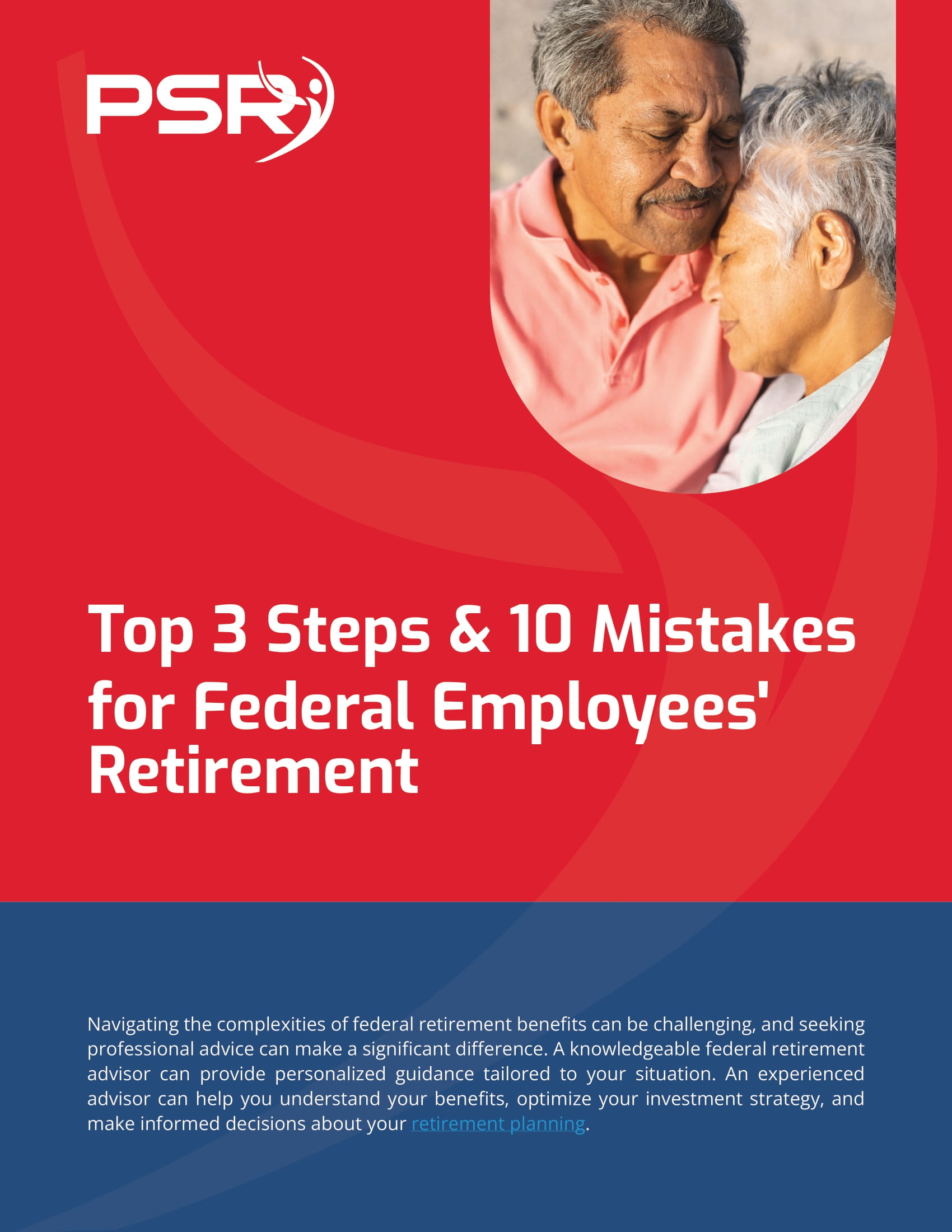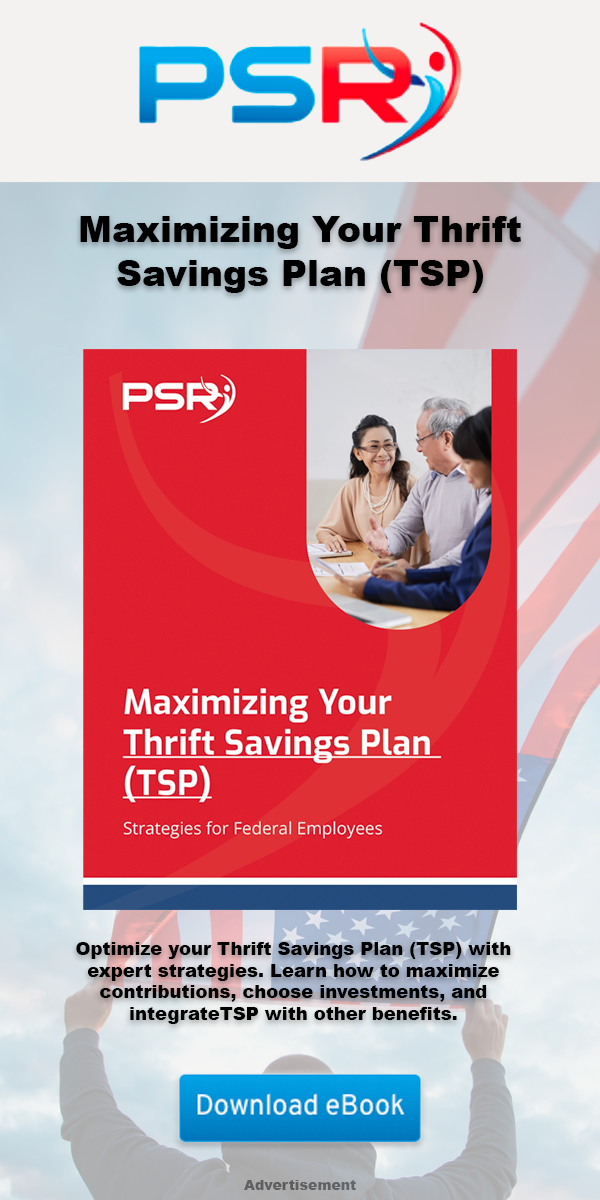Key Takeaways
-
Several regulatory and policy updates in 2025 are directly affecting your federal retirement planning, healthcare coverage, and savings strategies.
-
Staying proactive and understanding these changes now can help you safeguard your benefits and optimize your financial future.
Shifting Retirement Planning Rules
The year 2025 is already bringing meaningful adjustments to how you, as a federal employee, should approach retirement. Key changes to consider include:
Full Retirement Age Adjustments
- Also Read: FAA, Law Enforcement, and Special Federal Employee Categories—Here’s What Makes Their Retirement Unique
- Also Read: Blending Private and Public Sector Retirement Plans Is Complicated—Here’s Where Couples Get It Wrong
- Also Read: The Silent Shift in Postal Service Retirement Benefits That Could Change Everything by 2026
Changes to FERS Annuity Supplement
The FERS Annuity Supplement continues to end at age 62, regardless of when you begin claiming Social Security. If you were relying on the supplement longer, this transition point is crucial to budget for.
TSP Withdrawal Updates
The Thrift Savings Plan (TSP) now follows the updated 2025 elective deferral limit of $23,500, with catch-up contributions varying based on age brackets. This creates new opportunities to boost your retirement savings if you plan strategically.
Healthcare Coverage Shifts
Your healthcare benefits are experiencing some notable realignments in 2025. It is important to know these updates to avoid gaps in coverage or unexpected costs.
FEHB Premium Increases
The Federal Employees Health Benefits (FEHB) Program premiums increased by an average of 11.2% in 2025. Your share of premiums has risen by approximately 13.5%. While the government still covers about 70% of total costs, your out-of-pocket contributions are noticeably higher this year.
Medicare Coordination Developments
If you are nearing age 65, understanding Medicare’s interaction with FEHB has become even more essential. Medicare Part B premiums have increased to $185 monthly, and the deductible is now $257. Thoughtful coordination between Medicare and FEHB can significantly control your healthcare costs in retirement.
Postal Service Health Benefits (PSHB) Transition
If you are employed by USPS, the shift from FEHB to the Postal Service Health Benefits (PSHB) Program took effect January 1, 2025. You must enroll in a PSHB plan to maintain health coverage. This transition affects eligibility rules, premiums, and prescription drug benefits integrated with Medicare Part D.
Updates to Savings Programs
Your savings opportunities through TSP and flexible spending accounts (FSAs) have evolved in 2025.
New TSP Contribution Limits
TSP participants can now contribute up to $23,500 annually, with eligible catch-up contributions depending on your age. This helps you build a more secure retirement but demands timely elections to capture the maximum benefit.
FSA Limit and Carryover Changes
The healthcare FSA contribution limit rose to $3,300 for 2025, and you may carry over up to $660 of unused funds into the following year. Keep these figures in mind during open season enrollment to optimize your benefits.
Social Security Policy Shifts
Your retirement planning must also account for new Social Security realities.
COLA Adjustment
In 2025, the Social Security cost-of-living adjustment (COLA) stands at 3.2%, leading to an average monthly benefit increase of $59. For federal retirees coordinating Social Security with annuity income, this can slightly ease inflation pressures but still requires a comprehensive income strategy.
Earnings Limit for Early Retirees
If you are working while receiving Social Security before reaching full retirement age, you can now earn up to $23,480 annually without reducing your Social Security benefits. Exceeding this limit results in temporary benefit withholding.
Legislative Developments Affecting Retirement
A few legislative proposals under review in 2025 could reshape your retirement outlook further if passed.
Locality Pay and Retirement Annuities
A proposed bill aims to exclude locality pay from the “high-3” average salary calculation used to determine your FERS annuity. If enacted, your retirement income may be lower than previously estimated, especially if you work in high-cost-of-living areas.
FEHB Contribution Model Changes
Another proposal recommends shifting FEHB contributions to a flat-rate voucher model. This could mean you would pay a greater share of your health insurance premiums, especially if you are in plans with broader coverage.
TSP G Fund Adjustments
Lawmakers are considering eliminating the government subsidy for the TSP G Fund, potentially reducing the stable returns it offers. Conservative investors especially need to monitor this carefully.
New Requirements for Federal Retiree Healthcare
Healthcare obligations in retirement continue to shift, demanding your attention and action.
Medicare Part B Enrollment for PSHB Participants
If you are a Medicare-eligible Postal retiree or covered family member under PSHB, you must enroll in Medicare Part B to maintain full benefits, unless you meet specific exemptions. Failure to do so can result in losing critical coverage options.
Prescription Drug Coverage Enhancements
For those in PSHB, drug coverage now automatically integrates with Medicare Part D through an Employer Group Waiver Plan (EGWP). Benefits include a $2,000 annual out-of-pocket cap and a $35 insulin cost limit, providing substantial protections against high pharmacy bills.
Inflation’s Persistent Impact
While inflation eased slightly compared to the surges in 2022 and 2023, the cumulative effect remains significant.
-
Health insurance premium hikes
-
Rising out-of-pocket healthcare costs
-
Increased basic living expenses
Even with modest COLA adjustments and salary increases, it is vital to reassess your retirement savings assumptions to avoid shortfalls.
Important Deadlines and Timelines to Know
Planning around critical 2025 deadlines ensures you stay on track:
-
Medicare Open Enrollment: October 15 – December 7, 2025
-
Federal Benefits Open Season: Mid-November through Mid-December 2025
-
End of TSP Contribution Elections: December 31, 2025
-
Healthcare FSA Use-It-or-Lose-It Date: December 31, 2025 (unless carryover eligible)
Missing these windows can result in lost benefits or costly penalties, so mark your calendar early.
Steps You Should Take Right Now
To ensure you make the most of 2025’s changes, you should:
-
Review your TSP contribution elections and maximize any catch-up options available.
-
Reassess your FEHB or PSHB plan options during Open Season to confirm they still meet your healthcare needs.
-
Coordinate Medicare Part B enrollment timelines carefully if you are approaching age 65.
-
Calculate new Social Security benefits under the 2025 COLA and earnings limits.
-
Monitor legislative updates that could impact your retirement annuity and healthcare costs.
-
Set aside time midyear to review progress and adjust course as needed.
Staying Ahead of 2025’s Federal Workforce Changes
The changes unfolding in 2025 demand your proactive attention. Whether it is adapting to new savings limits, updating your healthcare coverage, or adjusting retirement timelines, staying informed and responsive is crucial to protecting your financial security.
If you need personalized advice about how these updates affect your situation, connect with a licensed professional listed on this website who can guide you through the best next steps.













